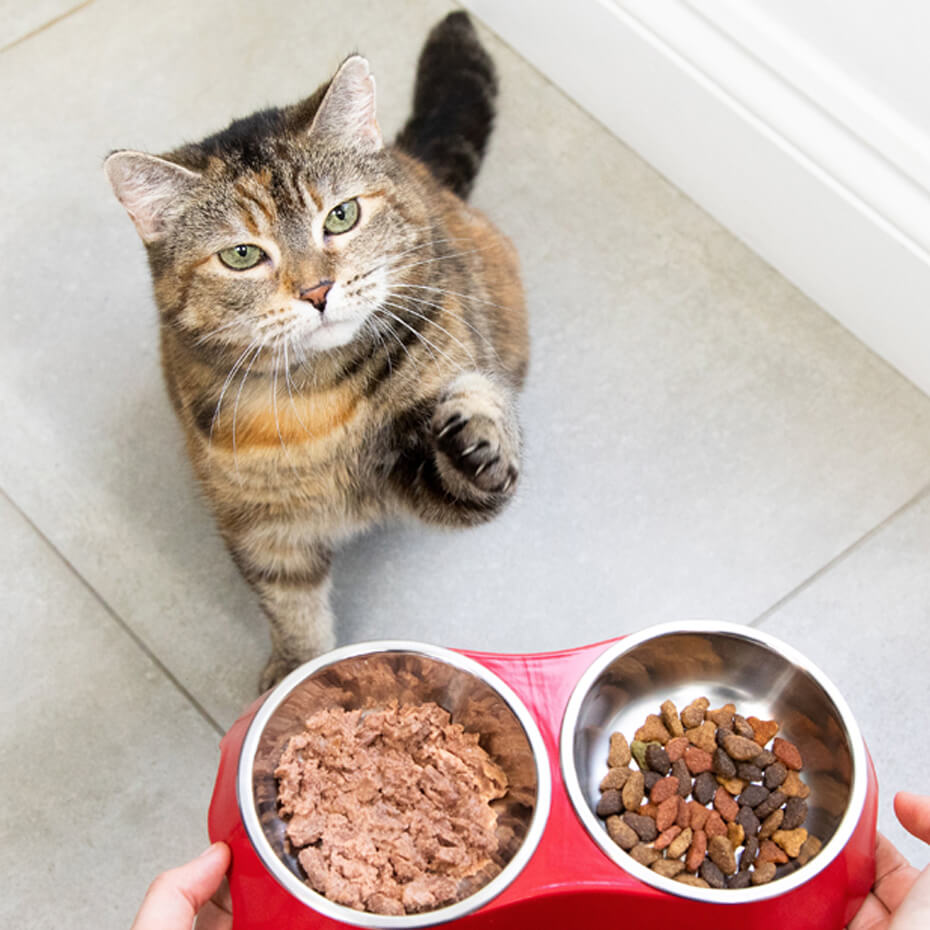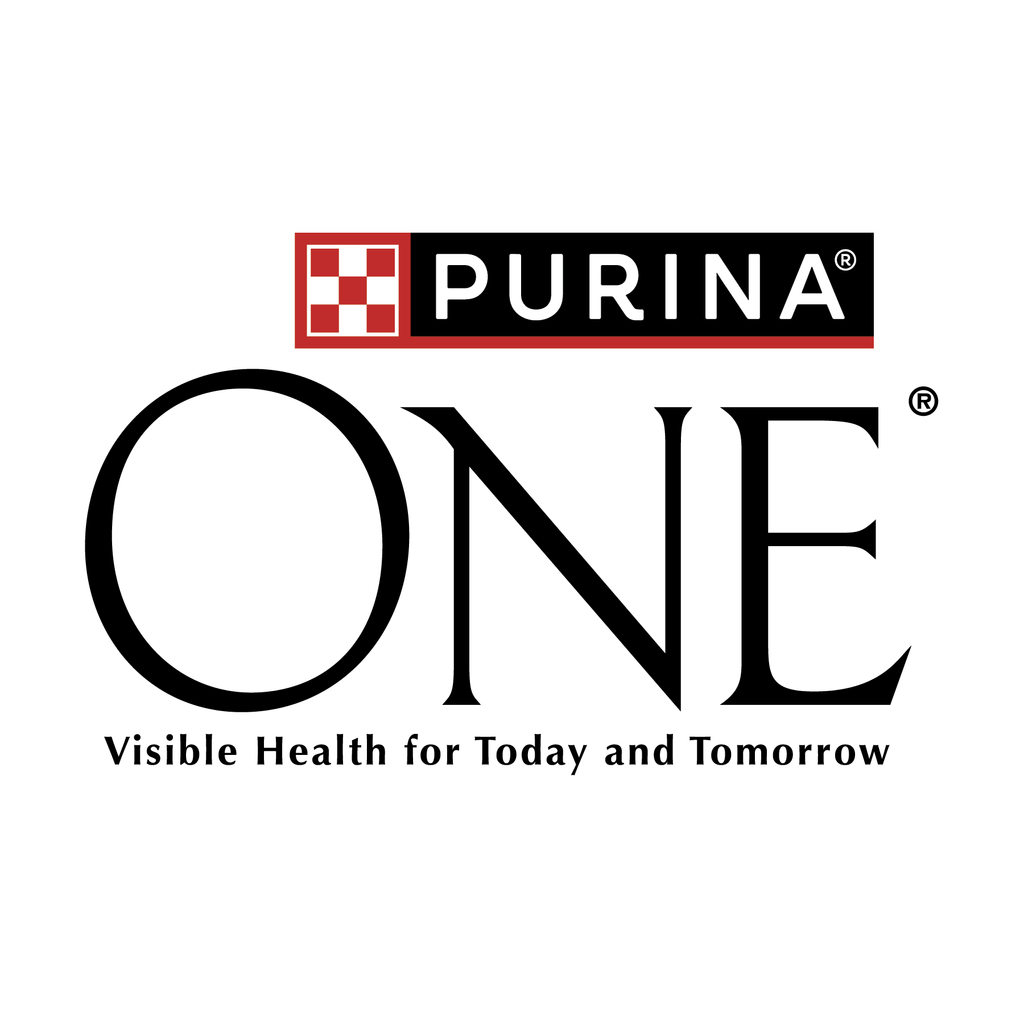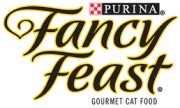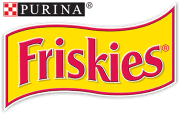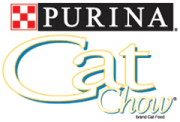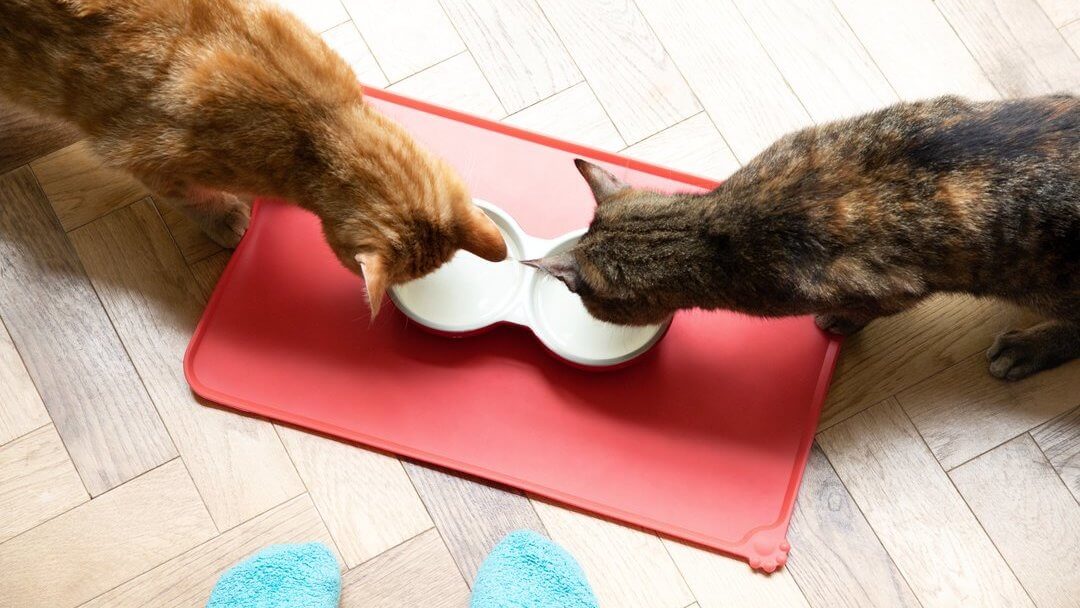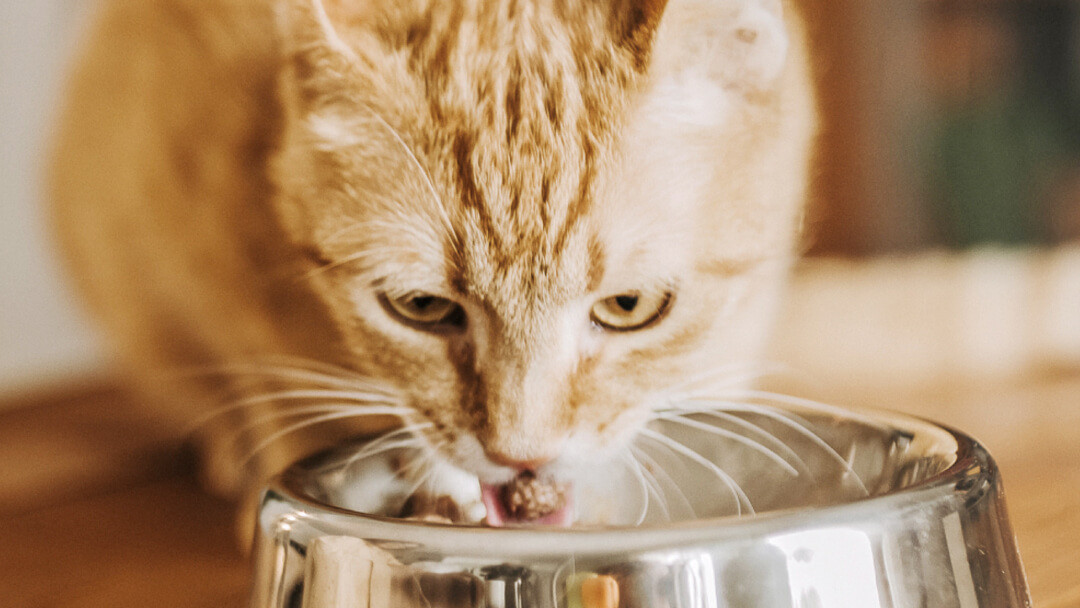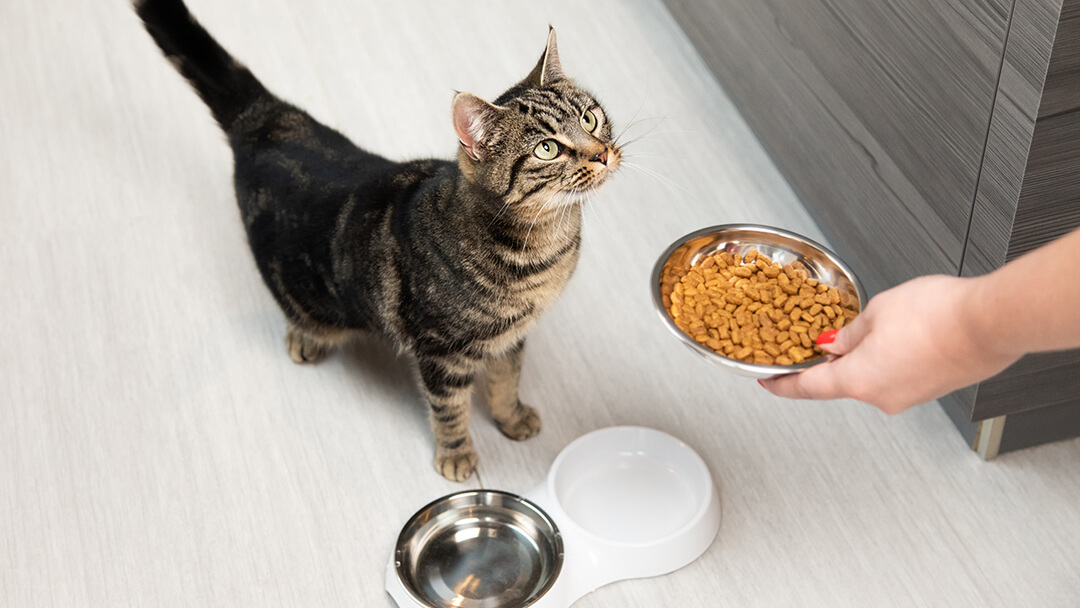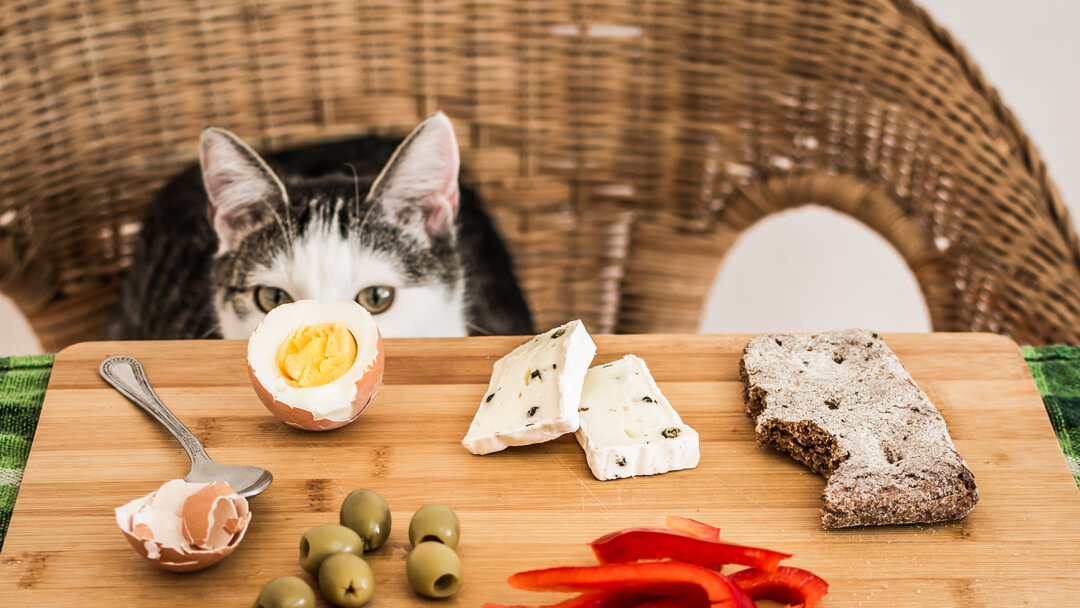
THE STEPS INVOLVED IN MANUFACTURING PET FOOD
Your cat depends on you for a good diet and the right nutrition. It’s also important that you pay special attention to the quality and freshness of the food you provide to avoid food poisoning. Food poisoning is usually caused by eating raw or inadequately cooked food or from foraging for waste in rubbish bins.
Illness from manufactured pet food, however, is very rare thanks to stringent quality assurance and safety checks. However, it’s always best to check the use by date to ensure maximum freshness.
From the selection of raw ingredients to warehousing and delivery, the manufacture of pet food is closely monitored every step of the way. Processes, additives, ingredients and product safety are all under strict regulations.
COOKING
The cooking process prevents the appearance of bacteria or moulds.
Canned foods and pouches are cooked by sealed-in pressure cooking. Dry foods are extruded (flash cooking dough at high pressure) or baked. Finished products are segregated from the incoming raw materials to prevent cross-contamination.
PACKAGING
Canned foods are sealed to prevent any further contact with external micro-organisms or exposure to oxygen which causes spoilage.
Lacquered linings for cans and the foil of pouches protect the food and metal from interacting. Damaged cans are at risk because the protection seal may have been broken. Avoid swollen cans or pouches.
Dry foods remain fresh over many months because bacteria can’t grow and spoil food when moisture levels are low.
Dry food packaging and the fatty coating of biscuits help prevent the entry of moisture and oxygen that can cause food spoilage during storage.
Once opened, cover dry foods and store in a cool dry place. Do not store moistened dry foods as moulds may grow, which can harm your pet.
INGREDIENT SELECTION AND QUALITY
Every ingredient used in commercially-produced food must have a specification sheet requiring suppliers to meet established levels of quality. Suppliers must ensure ingredients are free of or meet the minimal safe levels of toxins and metals while also providing the correct nutrient content. Meats are delivered to factories frozen or chilled to ensure quality.
For more information on Cat food safety contact the Purina Pet Care Advice team here for free advice.

